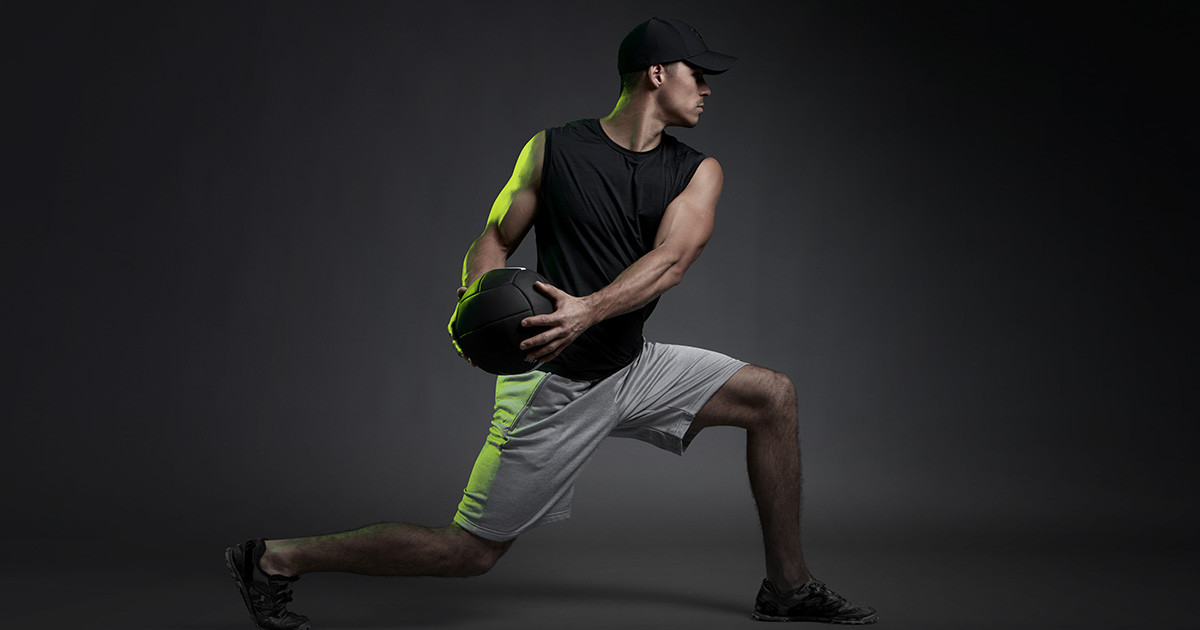What is HIIT? Advantages vs Disadvantages.

HIIT stands for High-intensity interval training. Not only can those exercises be done anywhere, they also reduce workout times and rapidly improve cardiorespiratory functions. Hard to beat, isn’t it?
HIIT is a training protocol characterized by periods of effort, followed by brief periods of recovery. This type of training was previously used mainly by bike and racing enthusiasts, but with the growing popularity of cross-training, HIIT training is now everywhere. It is also commonly known as Interval training.
For many years, continuous training, exercise at a medium intensity for a long period of time, seemed the most effective way to burn fat. However, recent research(1) demonstrates that HIIT training, in addition to improving maximum oxygen uptake (VO2 max), burns more fat. Researchers, Guy Thibault amongst others, advocate HIIT training and continue to boast of its merits.
HIIT in cross-training
It is an interesting idea to create a muscle-building split program. You could do as many lunges as you can for 40 seconds and take an equivalent break. Repeat 4 times and then change exercises. With maximum effort for 40 seconds, you will develop your muscle mass and, at the same time, your cardiovascular capacity. It is beneficial to target large muscle areas and to use compound exercises such as:
It is also possible to complete several exercises one after the other, take a reasonable rest, and repeat the series.
(note: this program is intermediate-expert level)
Advantages vs Disadvantages
ADVANTAGES
- Requires little time: a 20 minute split with maximum intensity is sufficient.
- It rapidly improves cardiorespiratory functions and anaerobic capacity.
- It can be done anywhere: No need to go to the gym or a spinning class. You can do HIIT workouts that only use your own body weight or use minimum equipment.
DISADVANTAGES
- Less recommended for beginners. Studiogym recommends starting with a more conventional training program (muscular endurance, muscular hypertrophy) and steadily progress to HIIT training.
- It requires maximum effort for each movement, which requires increased motivation, and can be more difficult when you train alone.
- Some people may neglect techniques by wanting to make their movements faster. This increases the risk of injury.
In short, when properly executed, HIIT is a very effective way to improve your cardiovascular capacity and burn fat without spending 2 hours in the gym.

A text from: Guillaume LeBlanc M.sc. kinesiologist & Jocelyn Goyer.

